Fragrance: the advance of Oud
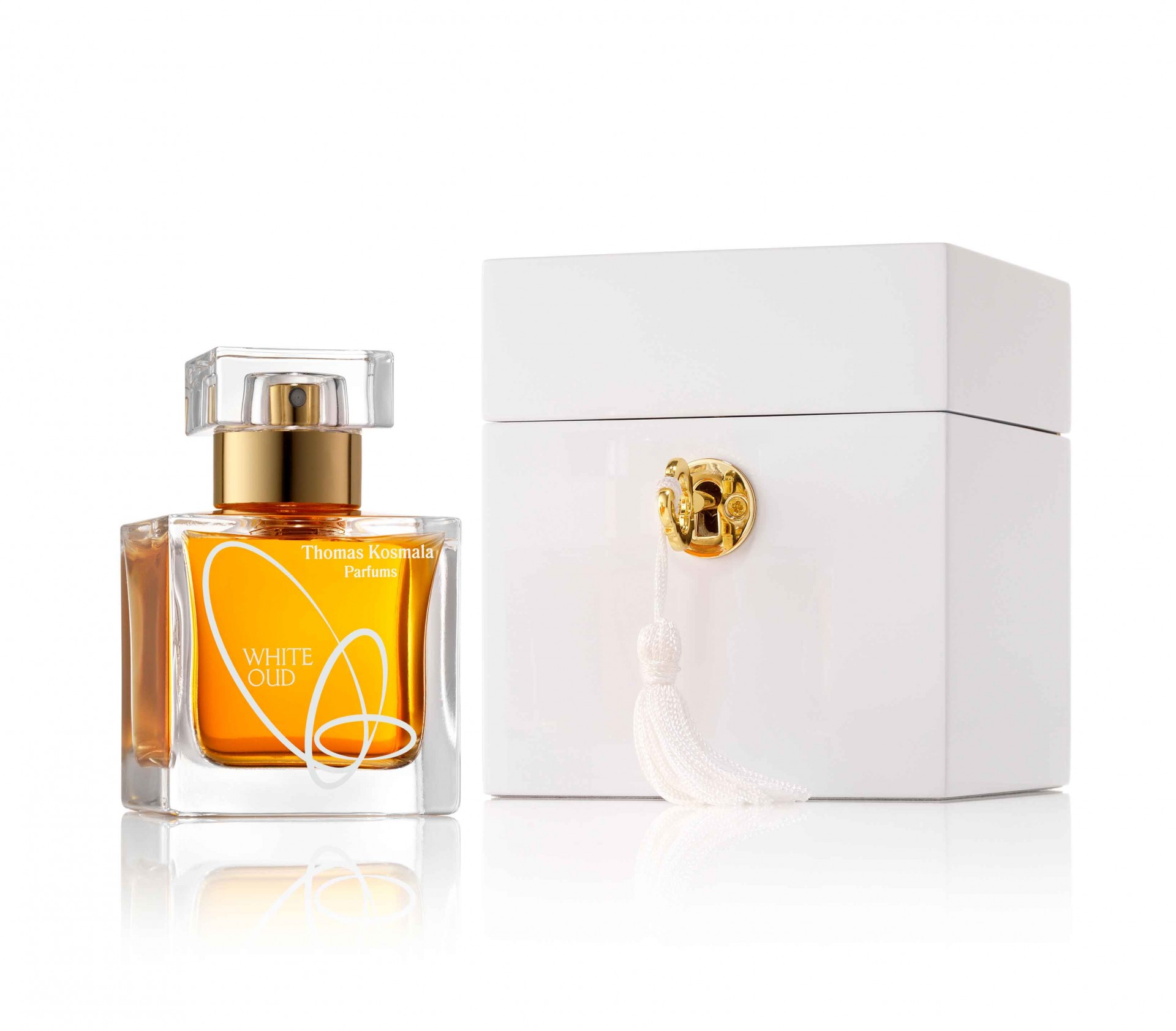 White florals, citruses and rose: Western scents have been easily beautiful, making you think of light, tranquility, nature, sex. But fragrance consumers have become more sophisticated and often, that means ditching easy beauty for something with a bit more depth.
White florals, citruses and rose: Western scents have been easily beautiful, making you think of light, tranquility, nature, sex. But fragrance consumers have become more sophisticated and often, that means ditching easy beauty for something with a bit more depth.
Enter Oud, a resinous heartwood that forms in tropical agar trees when they become infected with a type of mould. Its scent is variously dense, complex and smoky; traditionally used to fragrance the air and body, it has a precedence as old as the Bible and, over the past few years, it has taken the fragrance industry by storm. Ubiquitous is a strong word but it’s not out of place here.
Why is it so popular? It taps into current preoccupations within fragrances, explains Danielle Ryan, daughter of the Ryanair empire and founder of the innovative Roads Frgrances: ’Today, there is a strong trend back to formulations from the roaring 1920s and 30s: rich woods, oriental notes, cognacs, leather and tobacco are once again en vogue.’
Kosmala puts its popularity down to an interest in unisex fragrances. ‘The market has changed over the last 10 years,’ he says. ‘Now, women are more likely to wear mens fragrance those days; they like more masculine smells and the woody notes.’
The increase presence of fragrance consumers from the Middle East also plays its part. ‘Western perfumery has been flirting with Oud for years now,’ explains Callum Langston Bolt, of Les Senteurs. ‘One of the first notable appearances was YSL's M7. Now, everybody is making an Oud. A large part of this is due to the increase in Middle Eastern visitors to Europe - they now make up most of perfume sales and everyone wants to make the most of this.’
It’s a fragrance for connoiseurs. ’It takes time to learn to appreciate Oud,’ Bolt agrees. ‘It's an incredibly intellectual scent - unlike anything in traditional Western perfume - that one learns to love with experience. Like wines or classical music, often the taste for Oud comes with maturity.’
Thomas Kosmala is one of the early pioneers of Oud-based fragrances. ‘I have 22 samples of Oud in my laboratory. The smell is dependent on its surroundings: the country it’s grown in, the year the tree was cut. And it changes with us, becoming warmer and more aromatic. That’s why I’m so fascinated by it. It takes me on different journeys and inspires me.’
On its own, Oud is ‘frankly a bit terrifying to the uninitiated,’ admits Bolt. ‘Which is why it is almost always mixed and layered with other fragrances.’
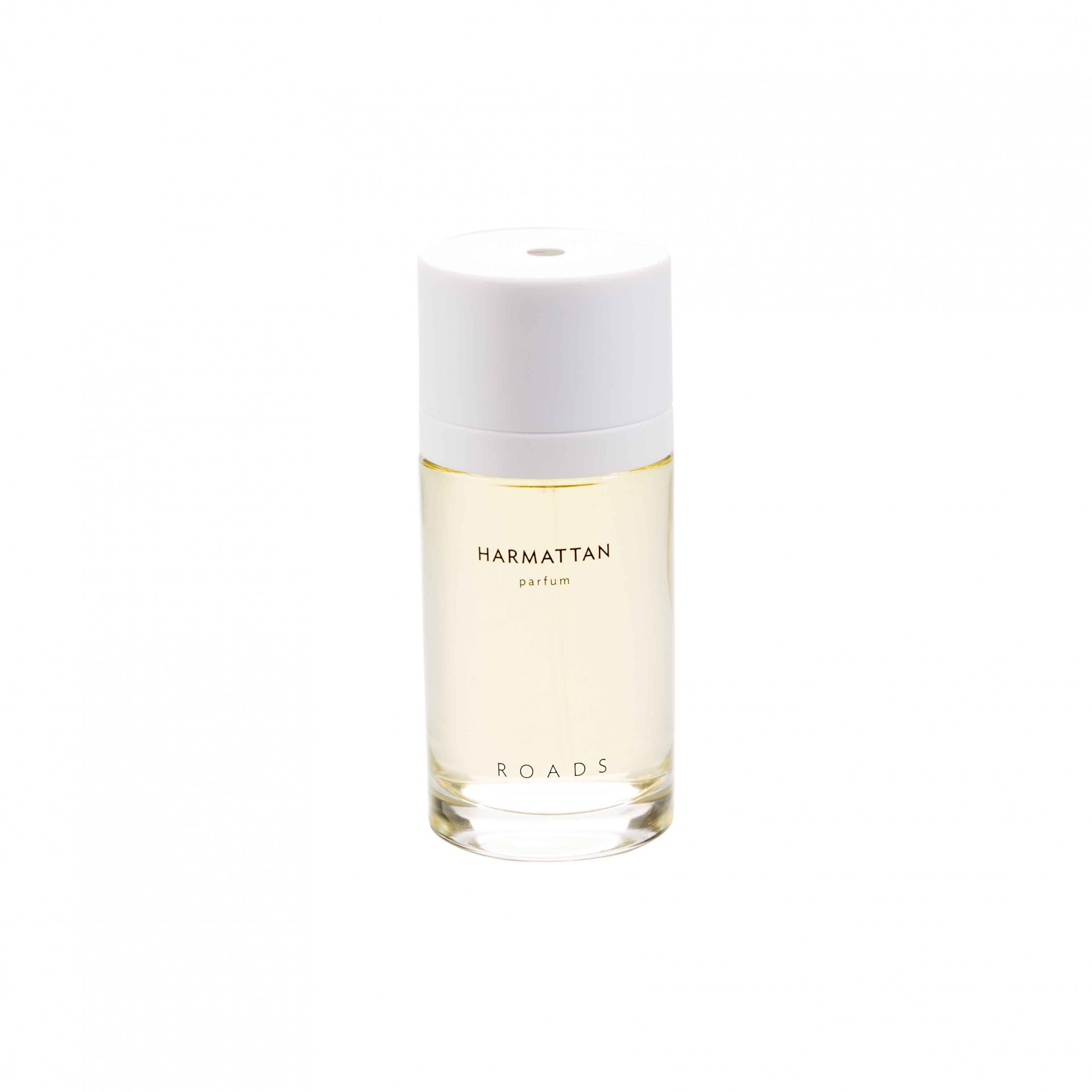
‘We use Oud for its complexity and depth, but we opted not to bring it to the foreground for now,’ says Ryan. ‘Oud therefore remains only as a backdrop to keep a contemporary and seemingly effortless approach. Our fragrance Harmattan evokes memories of a journey through the sandswept Sahara. The use of Oud in its formula is part of this journey but remains subtle and understated.’
‘Our Oud is incorporated in our fragrances like olfactory lining,’ she continues. ‘When applied to the skin, it feels luxurious and contributes to the allure but remains in the background, lingering, subliminally, long after the wearer has left the room.’
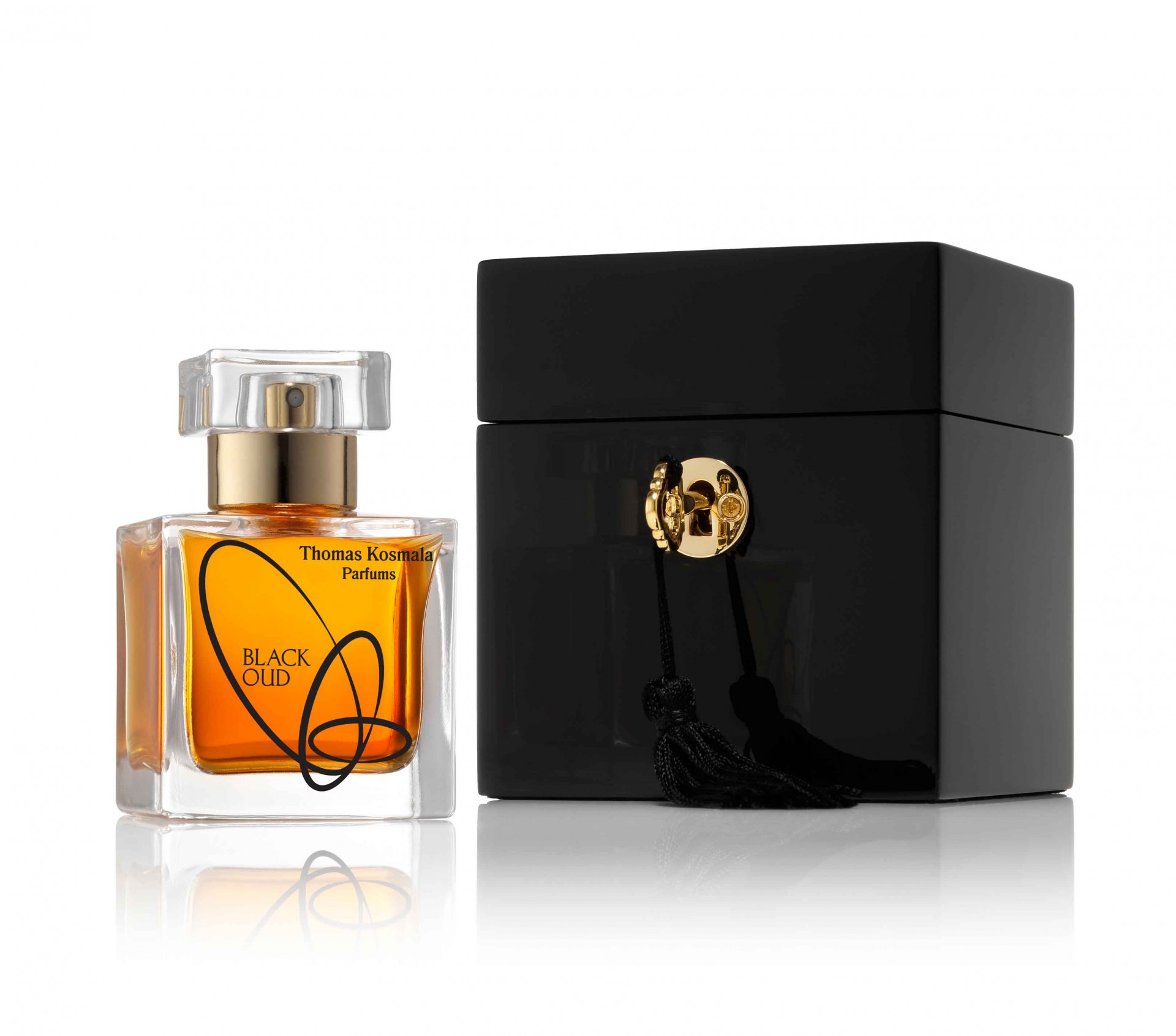
‘I respect what Oud means to my clients but I still like to be innovative,’ adds Kosmala. His fragrance White Oud makes Oud more wearable during the day by mixing the wood with white rose, gardenia, magnolia and other European flowers.’ His Black Oud is a warm, dreamy mix of Oud with blackcurrant and peach, Turkish rose and fresh jasmine.
‘One of my favourite Oud fragrances is Mona di Orio's Oudh Osmanthus,’ says Bolt. ‘It uses citrus notes along with the most beautiful osthmanthus in order to smooth and tame the Oud at its heart. In this case, its Oud from Laos and it's a thing of beauty - impossible to pin down, it is ferociously dark yet complete but always kept under control by the floral.’
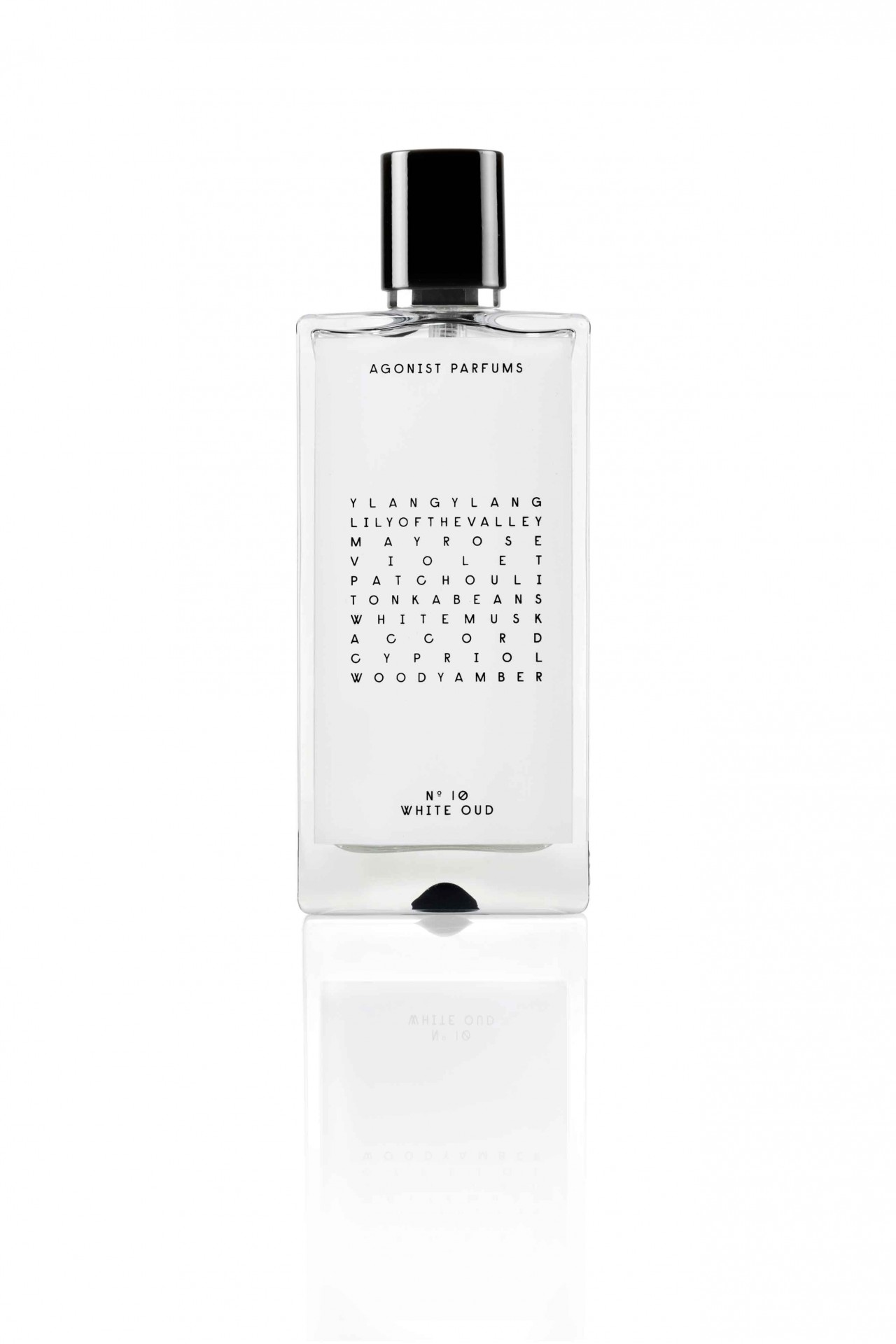
‘By combining unexpected notes, we try to give Oud different angles - like a prism,’ says the team behind Nordic fragrance house Agonist. ‘In No. 10 White Oud, we conceptually created the experience of an Oud that does not exist in nature, as if Oud was to grow among the icescapes in the north. We created a fragrance that combines the depth from Oud with the white from the north.’
Parfumeur Kilian Hennessy has put Oud at the heart of at least five of his compelling fragrances, with its most potent incarnation in the form of the Extreme Oud Eau de Parfum, an overdose of Oud from Cambodia set off by top notes of saffron, middle notes of rose and carnation, and base notes of vetiver, and patchouli.
Bolt has three further favourites Oud fragrances: ‘Grossmith's Saffron Rose is a glorious example of the traditional Oud/rose combination given a gorgeous lift with the eponymous saffron note,’ he says. ‘We also have Thirty-Three from Ex Idolo, by Canadian-born London resident Matthew Zhuk, which mixes smoky black tea, rose and bitter orange with Chinese Oud oils that were distilled back in 1980. The ageing process gives this fragrances a unique dry, saltiness making it more approachable without losing any of its fascination.’
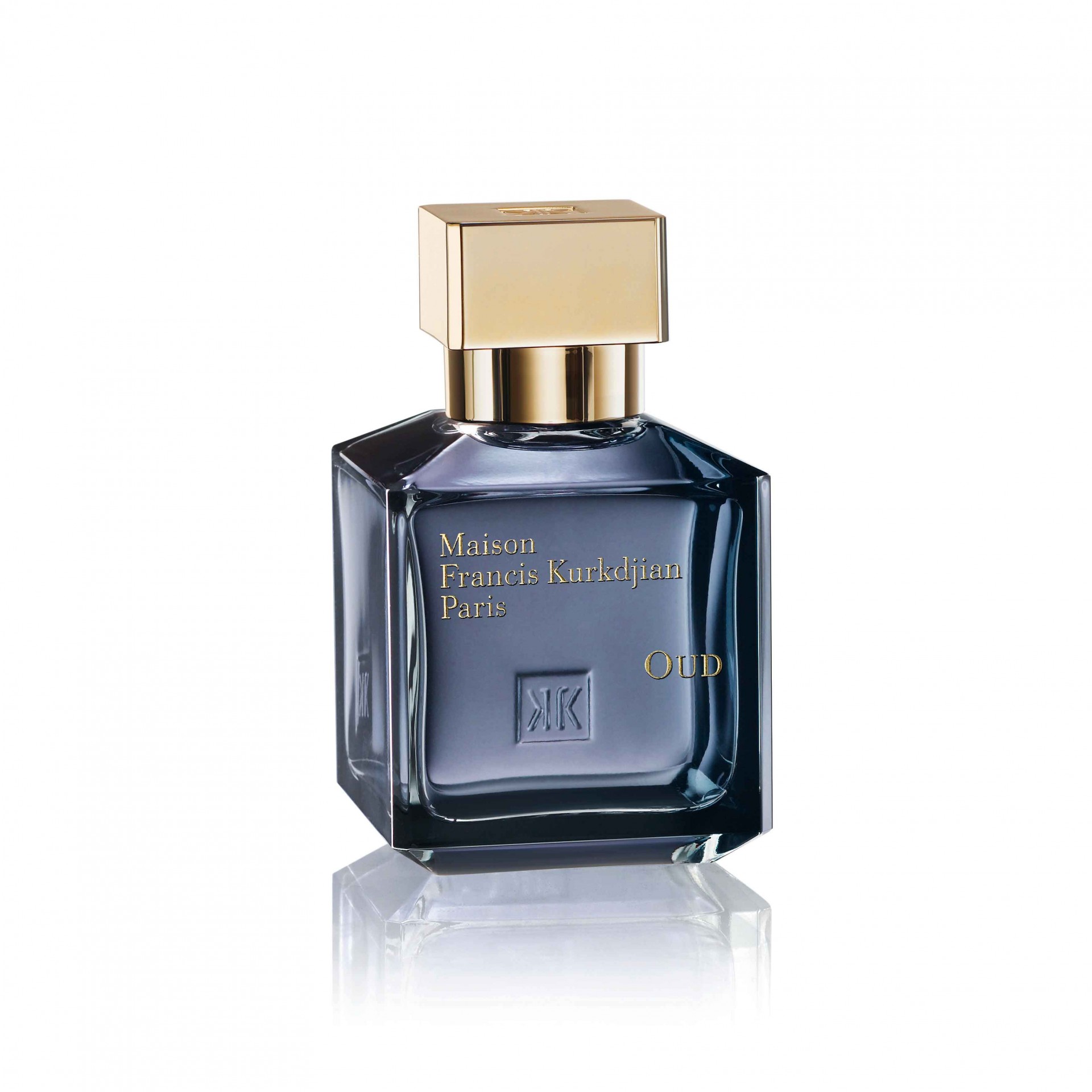
Finally, there is Maison Francis Kurkdjian's Oud. ‘It’s a modern masterpiece, completely unique in the world of Oud,’ says Bolt. ‘Kurkdjian, one of the finest and most exciting perfumers working today, wanted to create a 'Western Oud' as it were. An unexpected, sparkling opening of citrus and bergamot lets us know this is a smoother, more restrained version of Oud. The depth and darkness are still there, but there's also a brilliant sense of spaciousness and air. If you think you don't like Oud, this could change your mind.’
There are ouds by Tom Ford, Elie Saab, Ermenegildo Zegna, Boss, Trish McEvoy, Jo Malone and Dolce & Gabbana, but, as so often in the world of scent, the cheaper the fragrance, the less likely you are to experience the real thing. ‘Beware of synthetics,’ warns Kosmala. ‘Sadly, Oud has been overused in some cases where you don’t smell the real Oud. It's an expensive, powerful raw material so more commercial brands use synthetic versions.’
‘Oud has been burnt in places of worship to enhance spirituality, cleanse the air and serve as a form of protection for millennia,’ says Ryan. ‘It was also burnt in private palaces as a ceremonial form of welcoming guests and purifying the air. In its purest form, Oud represents spirituality, good fortune or wealth but for me, Oud creates a sense of being connected with nature. The scent feels very familiar, almost emotional, like a memory; it holds a richness and power.’
It’s a richness and power that looks set to dominate the shelves for some while longer.
